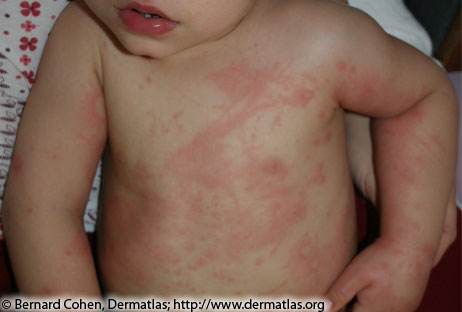Key points
Erythema migrans rash is a common symptom that occurs in over 70 percent of people with Lyme disease. Erythema migrans rashes have certain characteristics that help differentiate them from other types of skin lesions. Review the images below to learn what erythema migrans rashes look like versus other skin conditions.
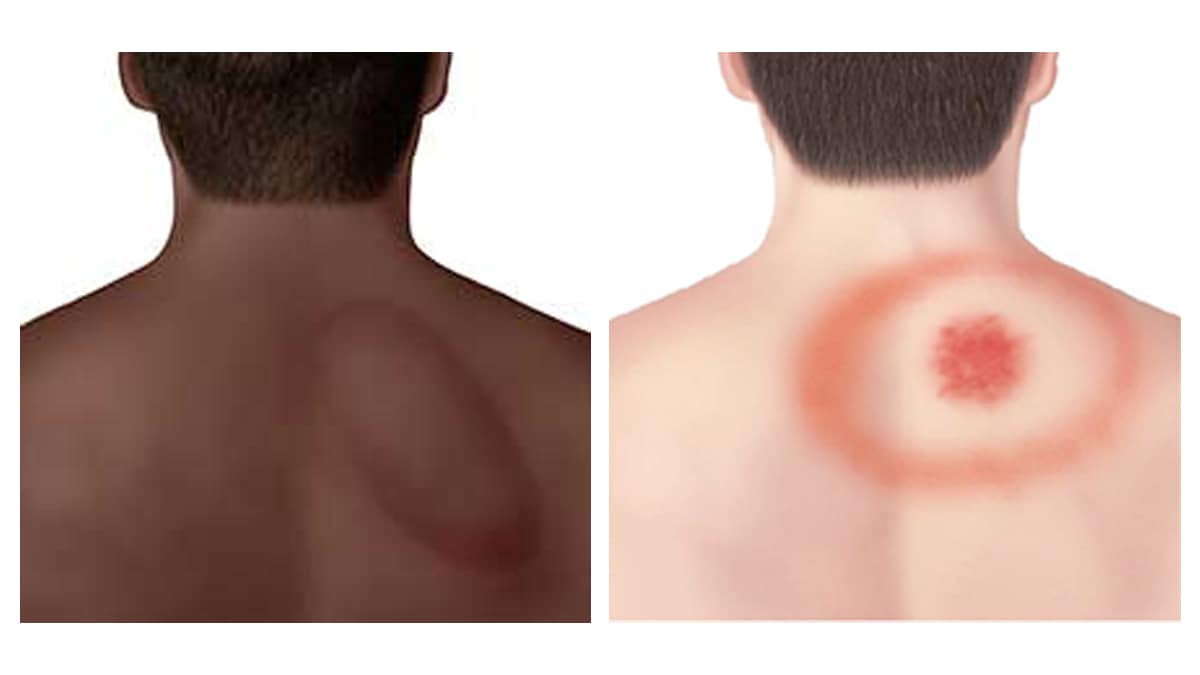
Erythema migrans rashes
Resources
“Bull's-eye” or target lesion
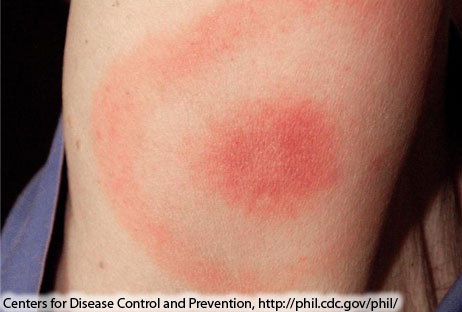
Expanding rash with central crust

Expanding erythema migrans
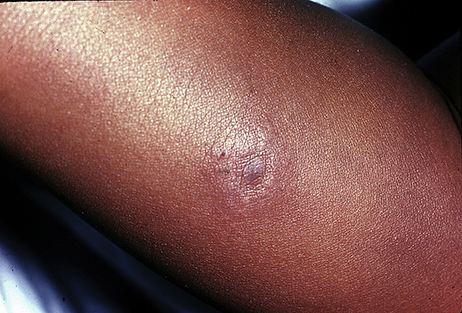
Multiple rashes, disseminated infection

Red, oval plaque
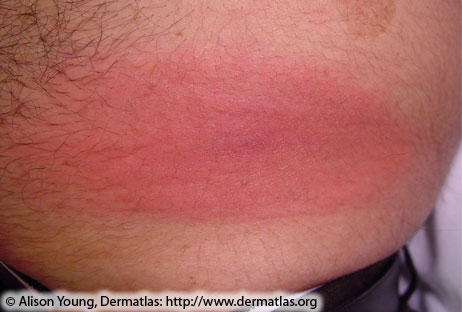
Expanding rash with central clearing
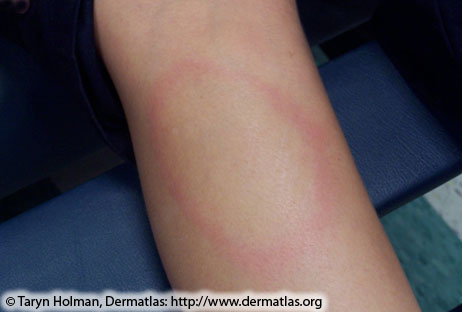
Bluish hued rash, no central clearing
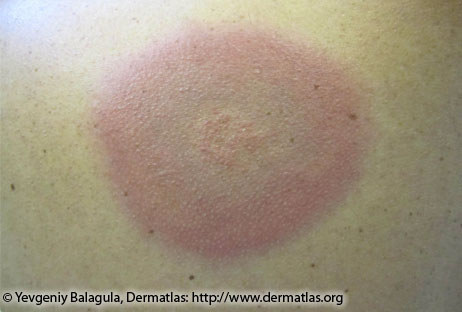
Expanding lesion, no central clearing
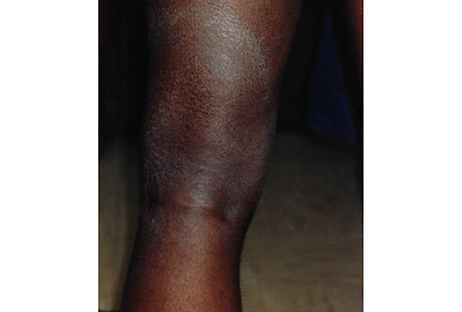
Red blue lesion with central clearing
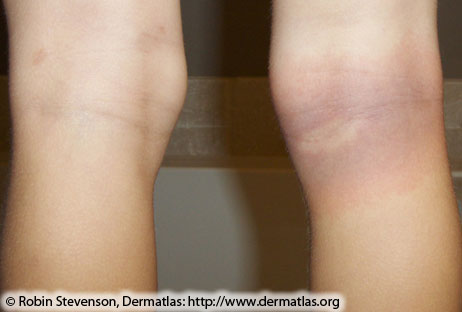
Skin conditions that are NOT erythema migrans
Insect bite hyper-sensitivity
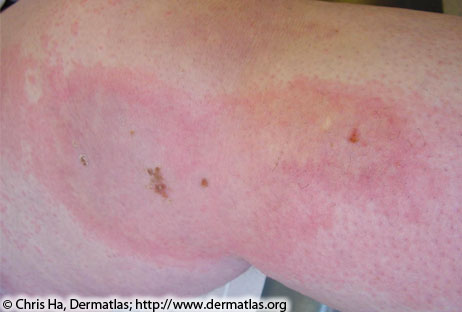
Fixed drug reaction
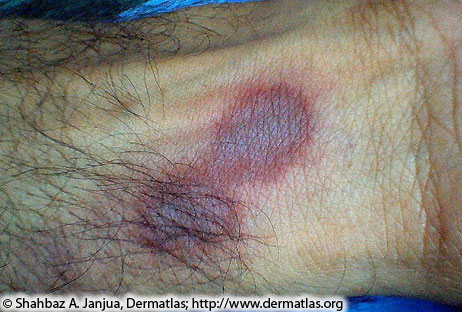
Ringworm (tinea corporis)
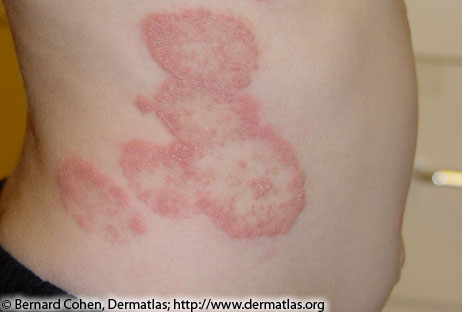
Pityriasis rosea rash
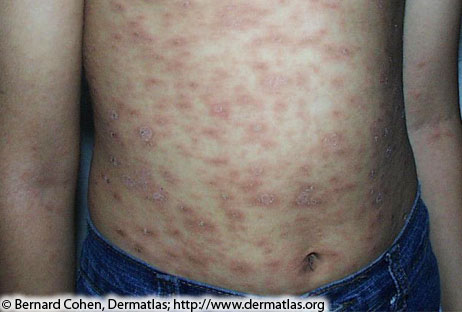
Granuloma annulare rash
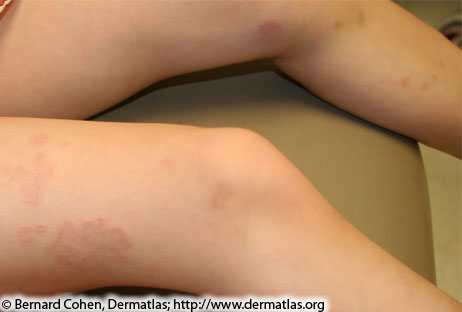
Urticaria multiforme
